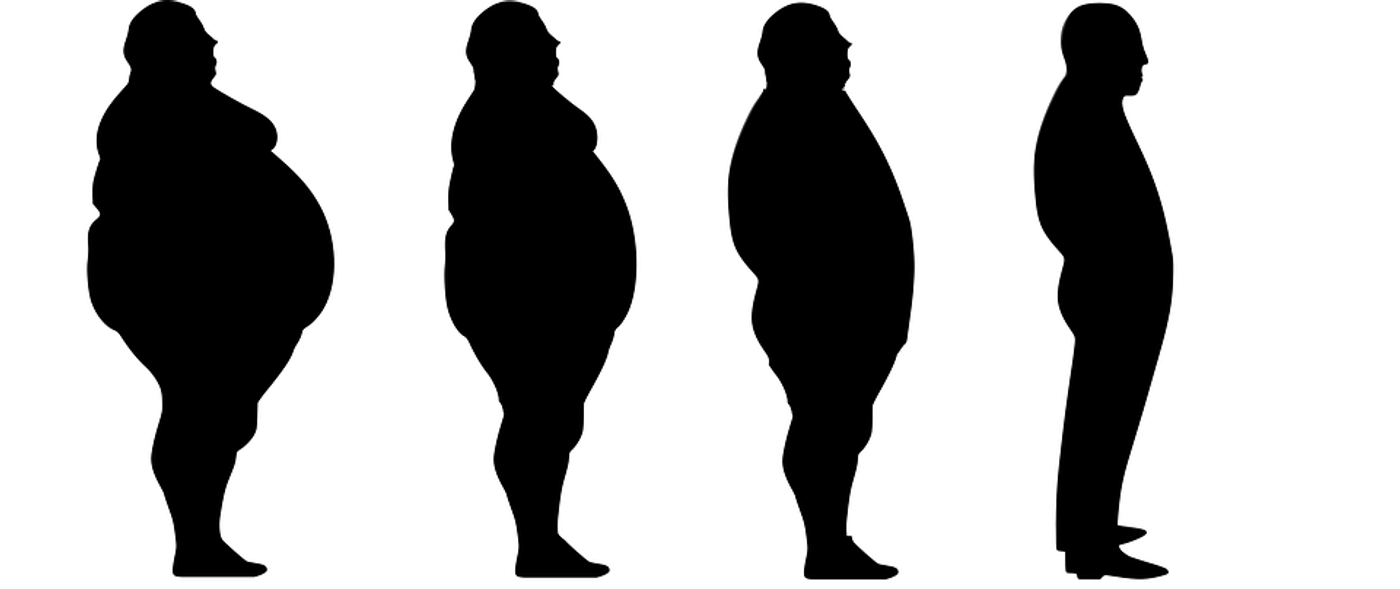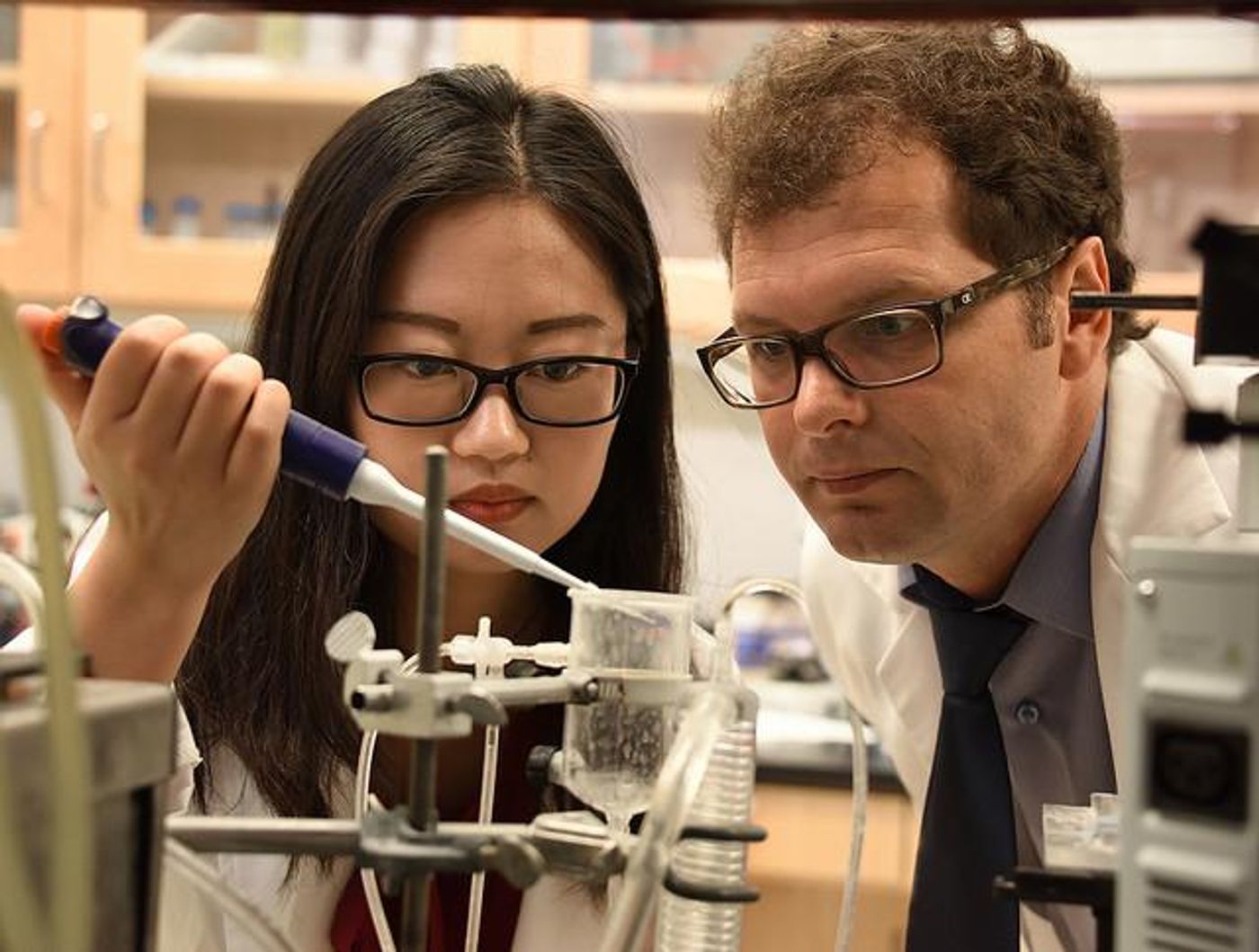Aging, Obesity, and the Destructive Synergy That Worsens Heart Health
Age and fat have an unfortunate synergistic effect on inflammation that makes the blood vessel path from lungs to heart harder than it should be, finds a new study from the Medical College of Georgia at Augusta University, published in the journal Arteriosclerosis, Thrombosis, and Vascular Biology.
"Older obese patients and sometimes women who suffer heart failure go to the cardiac catheterization lab and the cardiologist finds nothing that would explain their heart failure," explained vascular biologist Zsolt Bagi. "They have normal large blood vessels in the heart; still the heart failure has developed."
The hidden cause of the problem is a condition called coronary microvascular disease (MVD), characterized by blockages in small capillaries caused by thickened blood vessel walls. MVD is different from other types of coronary artery disease, like atherosclerosis, because it is not plaque formation that is inhibiting blood flow; it’s damage to blood vessel walls. Finding no evidence of atherosclerotic plaques, which are often clear signs of heart disease and imminent blood clots, could be dangerous for medical professionals trying to diagnose certain symptoms.
MVD affects women, particularly young women, more often than it affects men. But diabetes, high blood pressure, and a family history of heart disease are factors that raise the risk for anyone to develop MVD, also known as cardiac syndrome X and nonobstructive coronary heart disease. Bagi’s new study found that the inflammation that leads to the development of MVD and other heart diseases is largely instigated by aging and obesity. Together, the two are a dangerous pair.
“Rather than having trouble with the heart contracting so it can pump blood out to the body, older, obese individuals in heart failure tend to have issues with the heart muscle being able to relax and fill efficiently, called diastolic heart failure,” Bagi explained.
During Bagi’s studies, researchers investigated what they found to be the problem gene, ADAM17. This gene has long been connected to growth factor release, a role in diseases like Alzheimer’s and arthritis, and the activation of a protein called tumor necrosis factor (TNF). In addition to killing tumor cells, TNF promotes inflammation that can damage endothelial cells, the functional units of the blood vessel lining.
They found, unsurprisingly, increased expression of ADAM17 in obese individuals and in fat tissue, especially in aged human fat tissue. Plus, the expression of a protein called caveolin-1 - which naturally inhibits ADAM17 - decreases with age.
While these findings illustrate age and obesity as the ill-fated dynamic duo of heart disease, they also create a “to-do” list for medical professionals. Aging is a natural process that can’t be “cured,” but reducing rates of obesity can certainly help doctors help their patients prevent heart disease.
Source: Medical College of Georgia at Augusta University, American Heart Association










